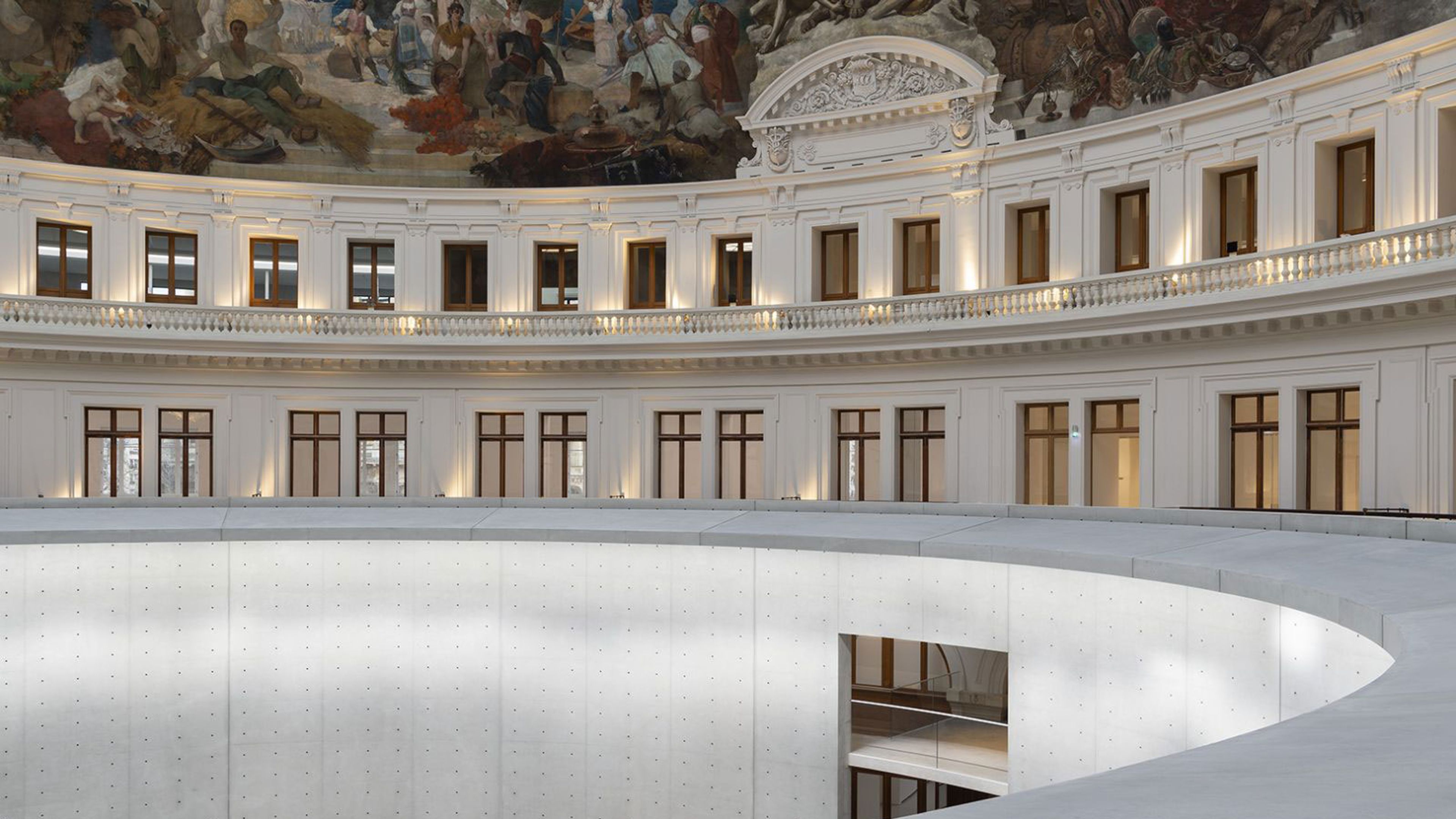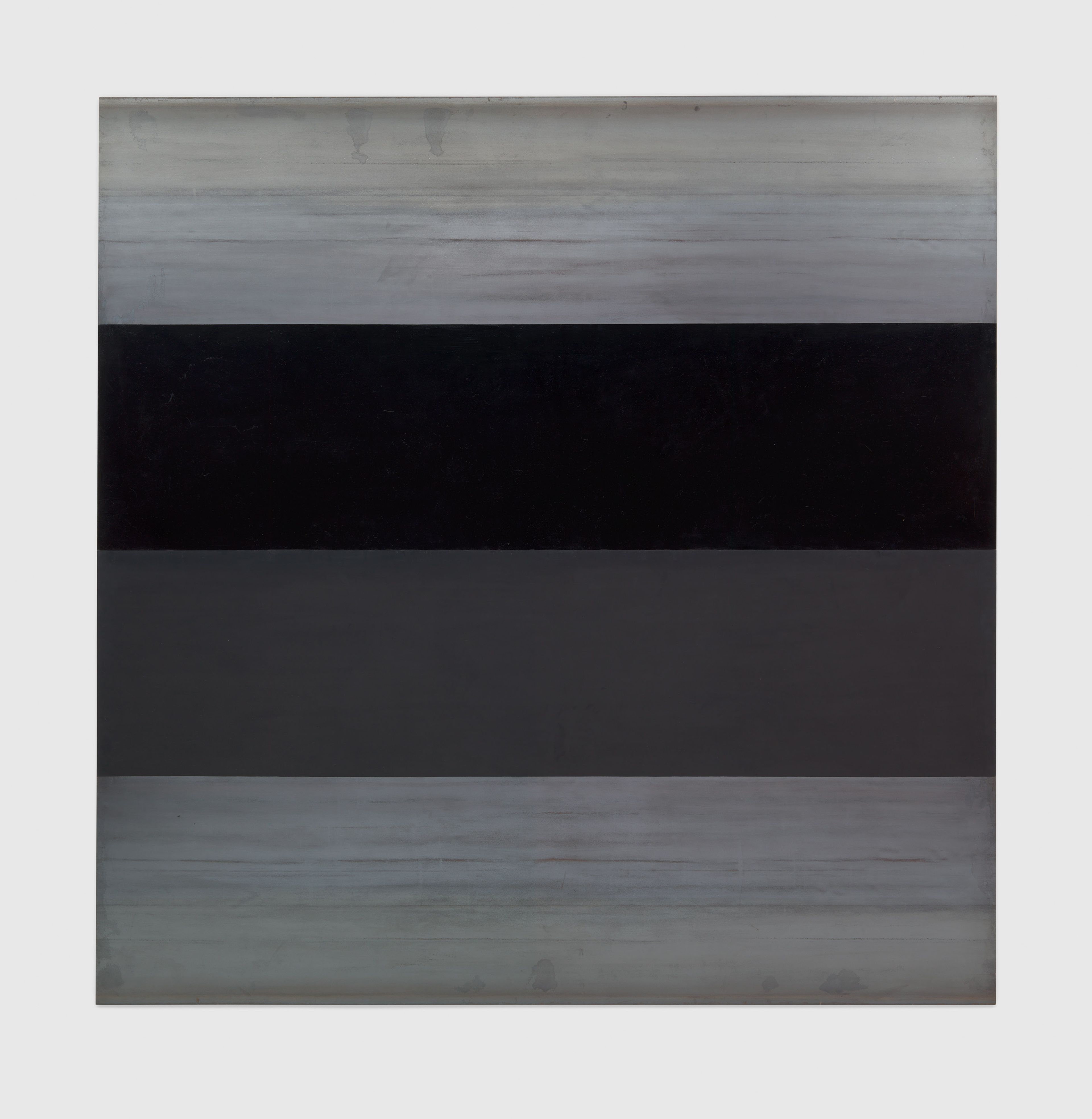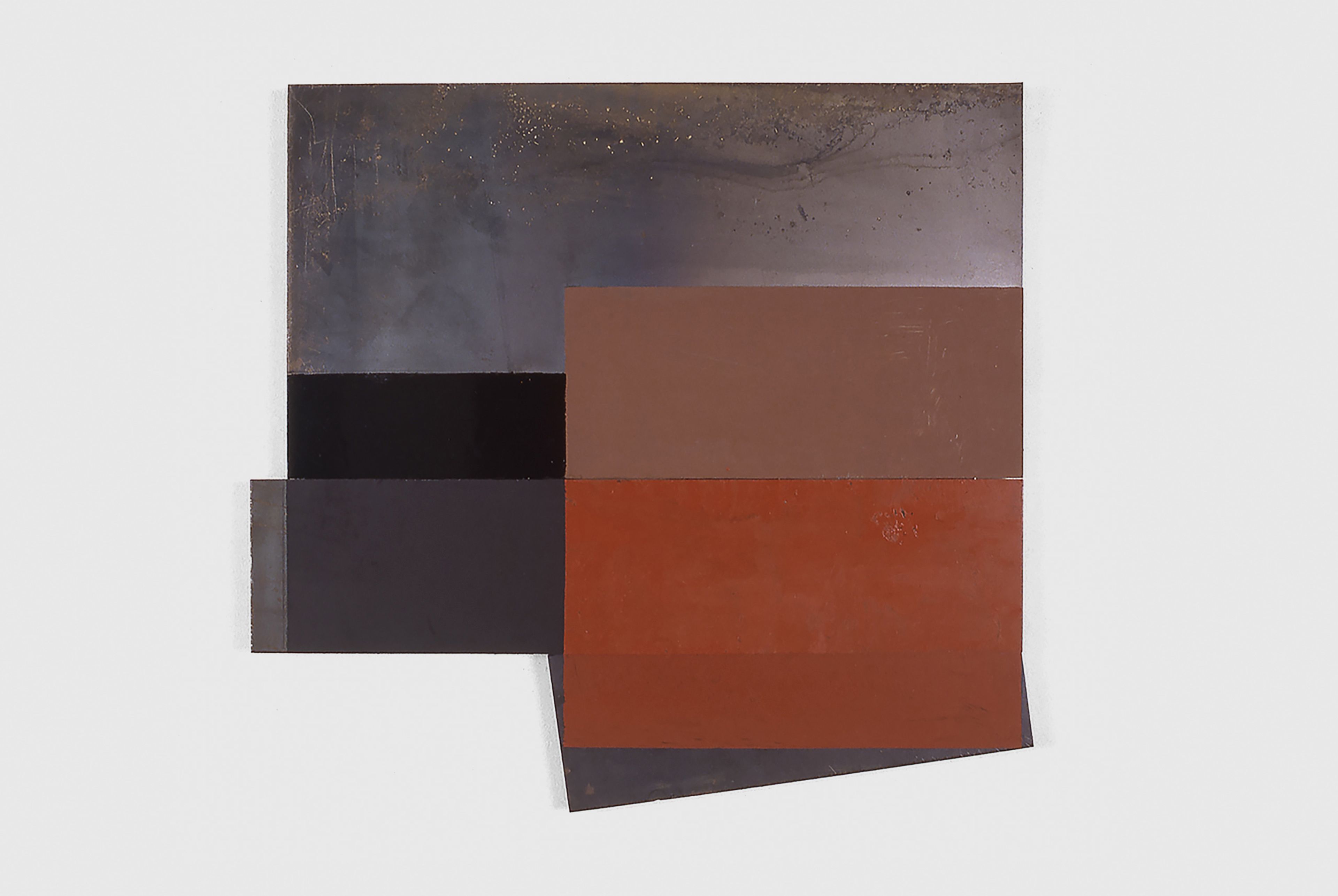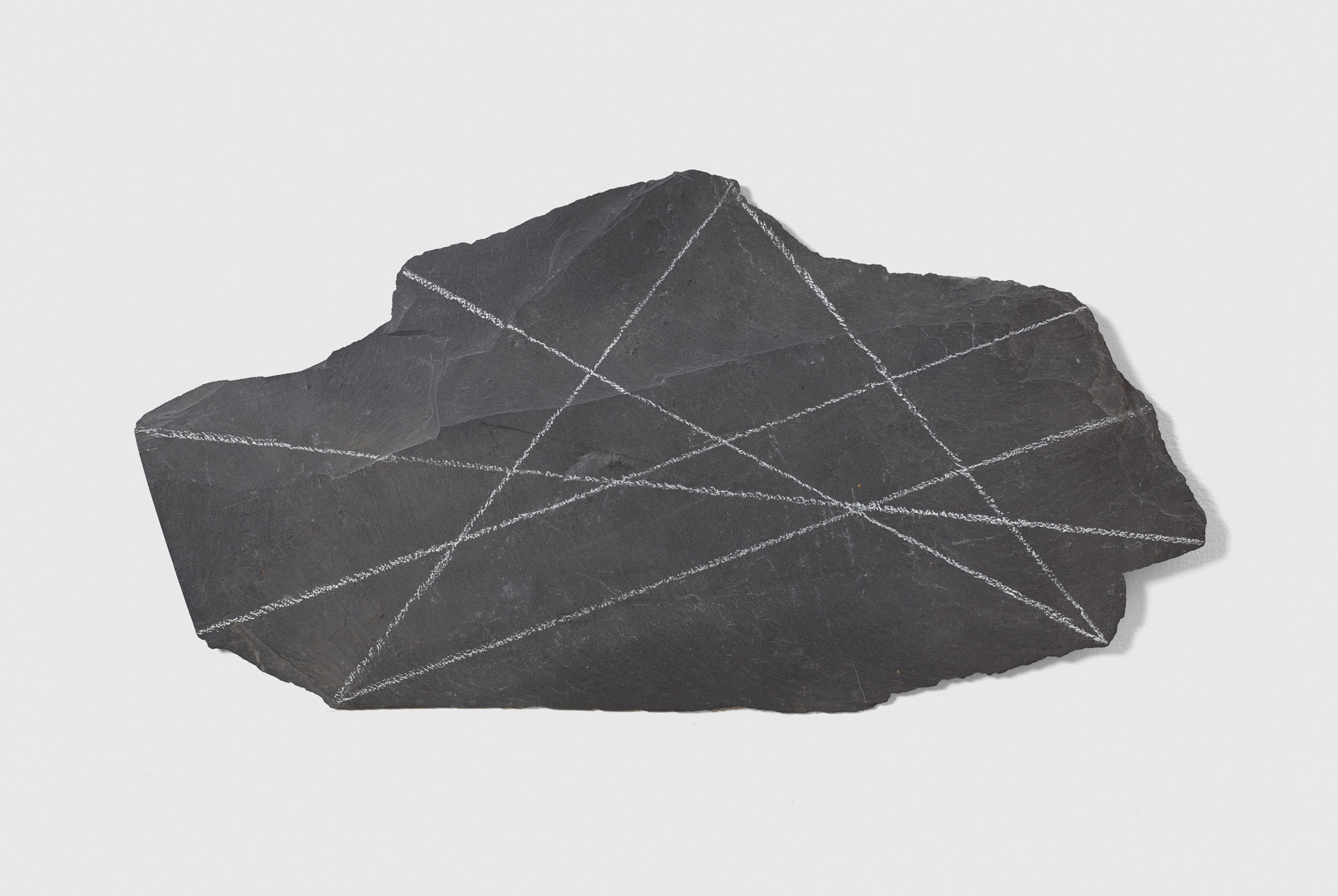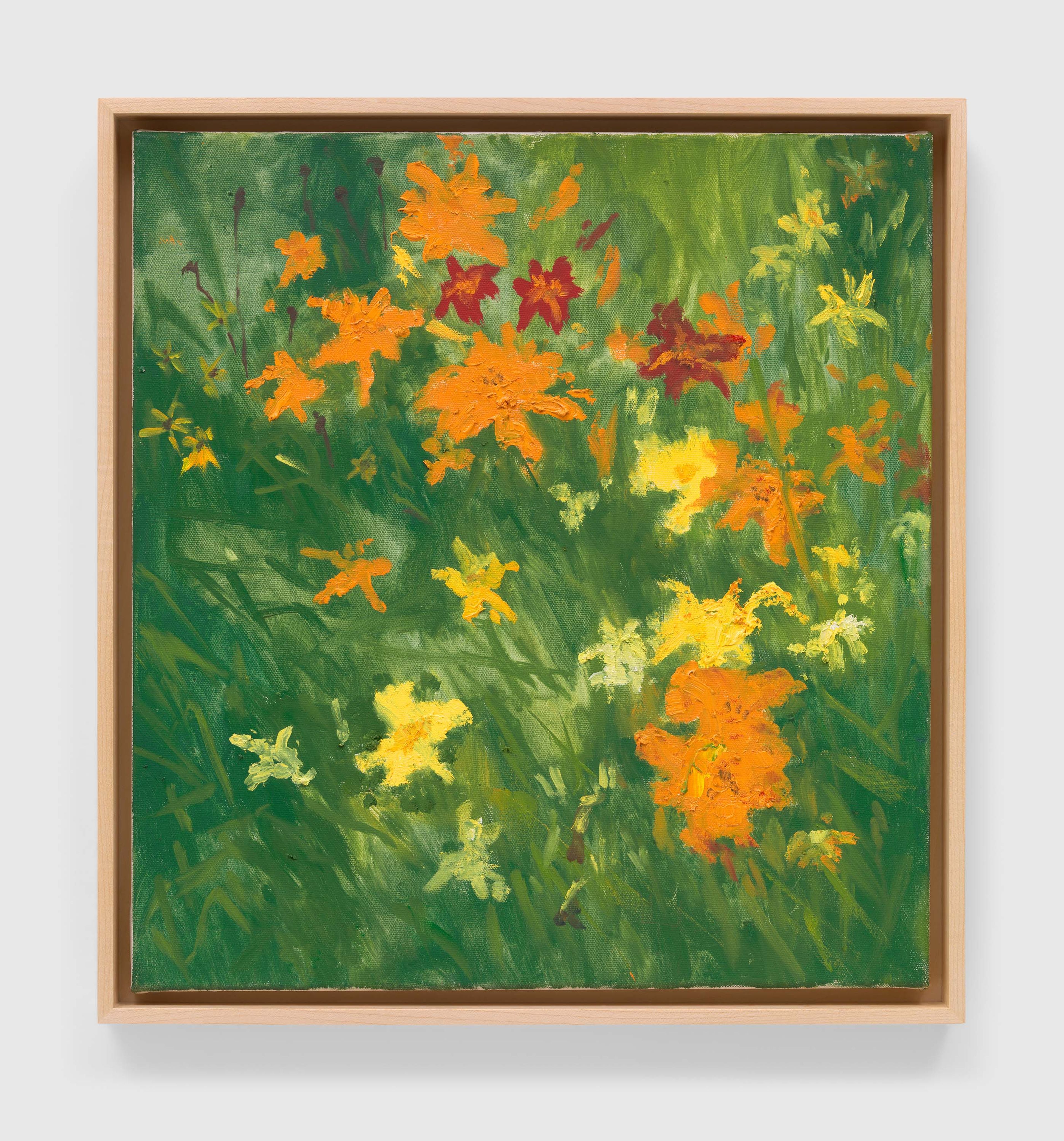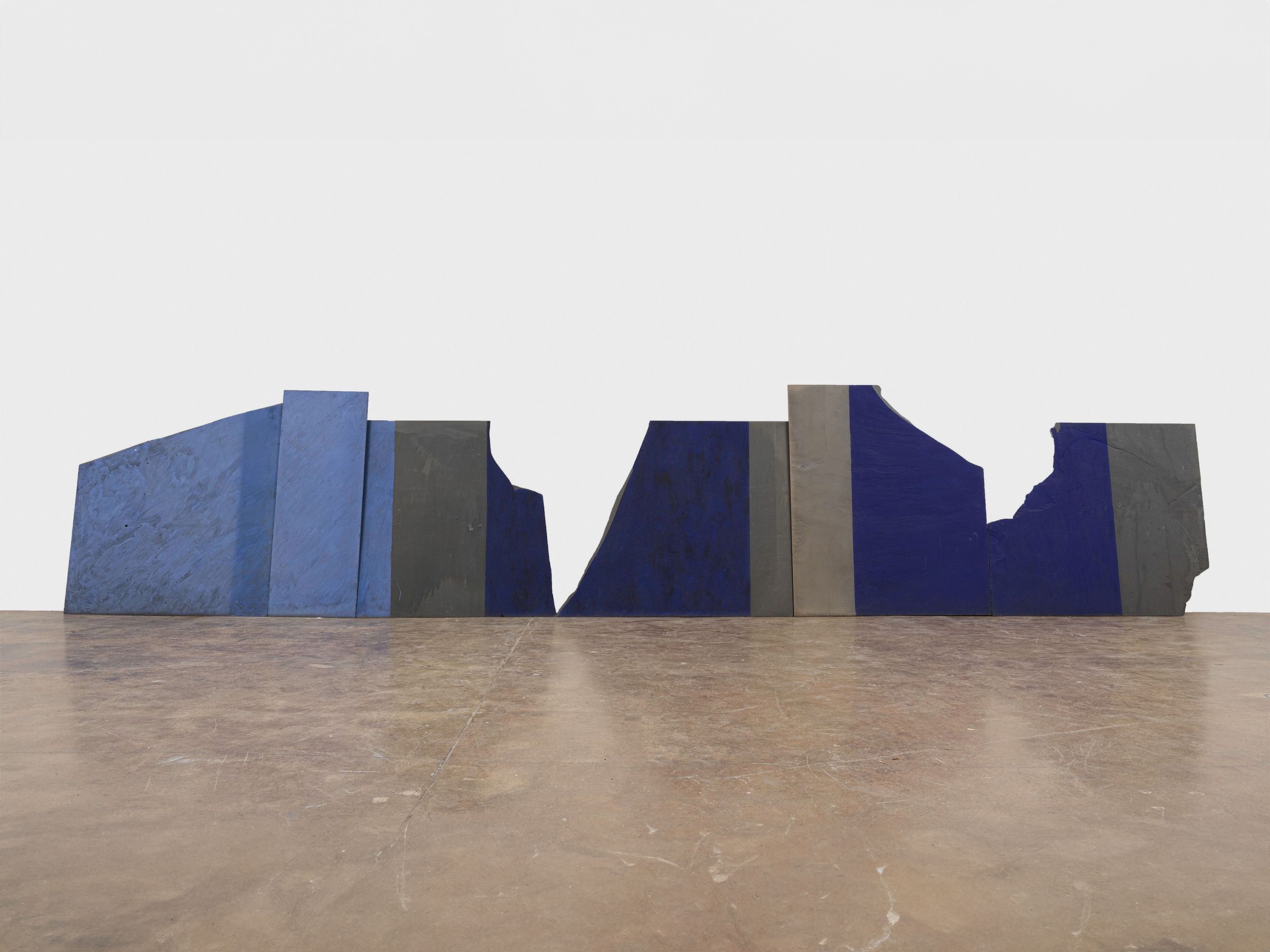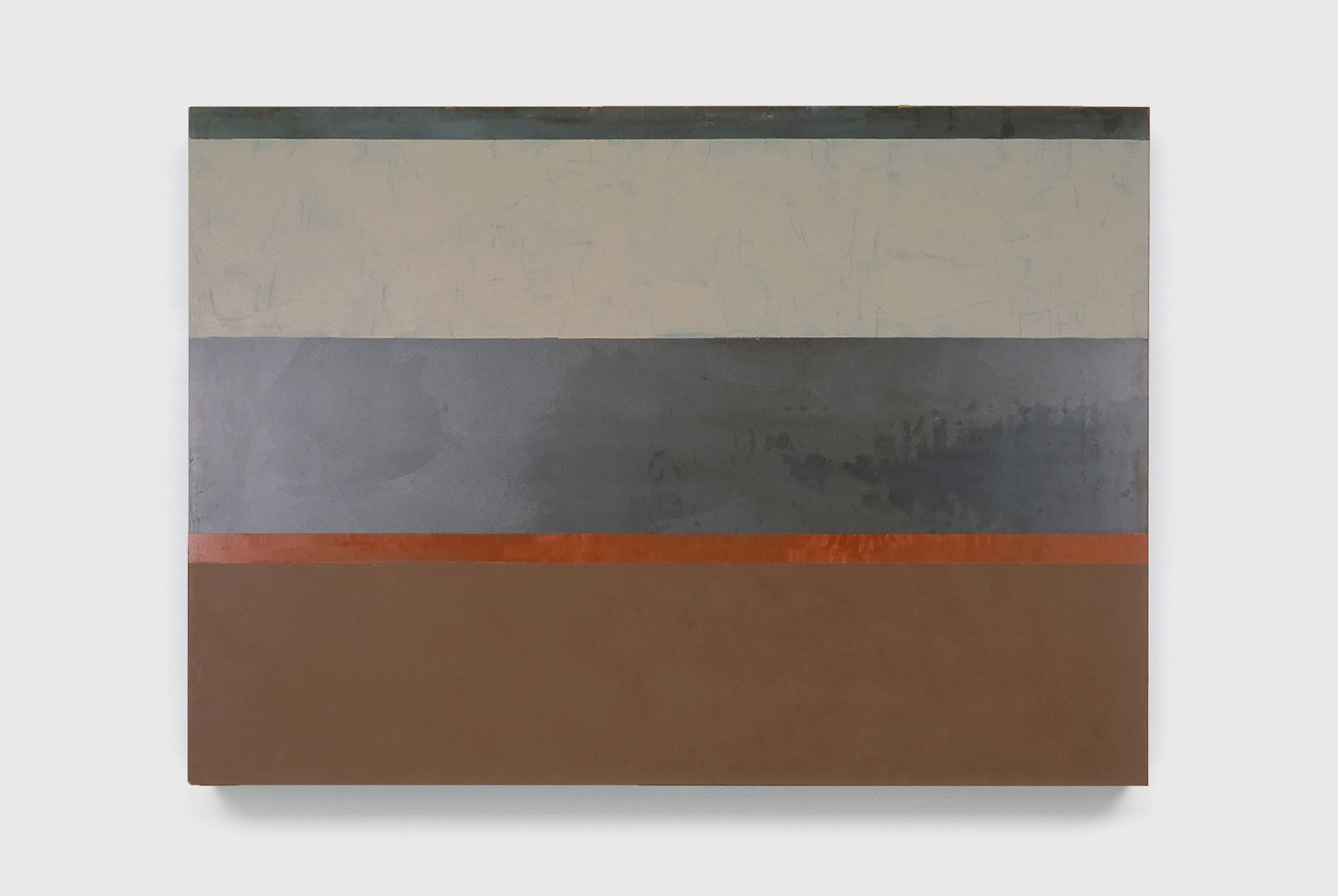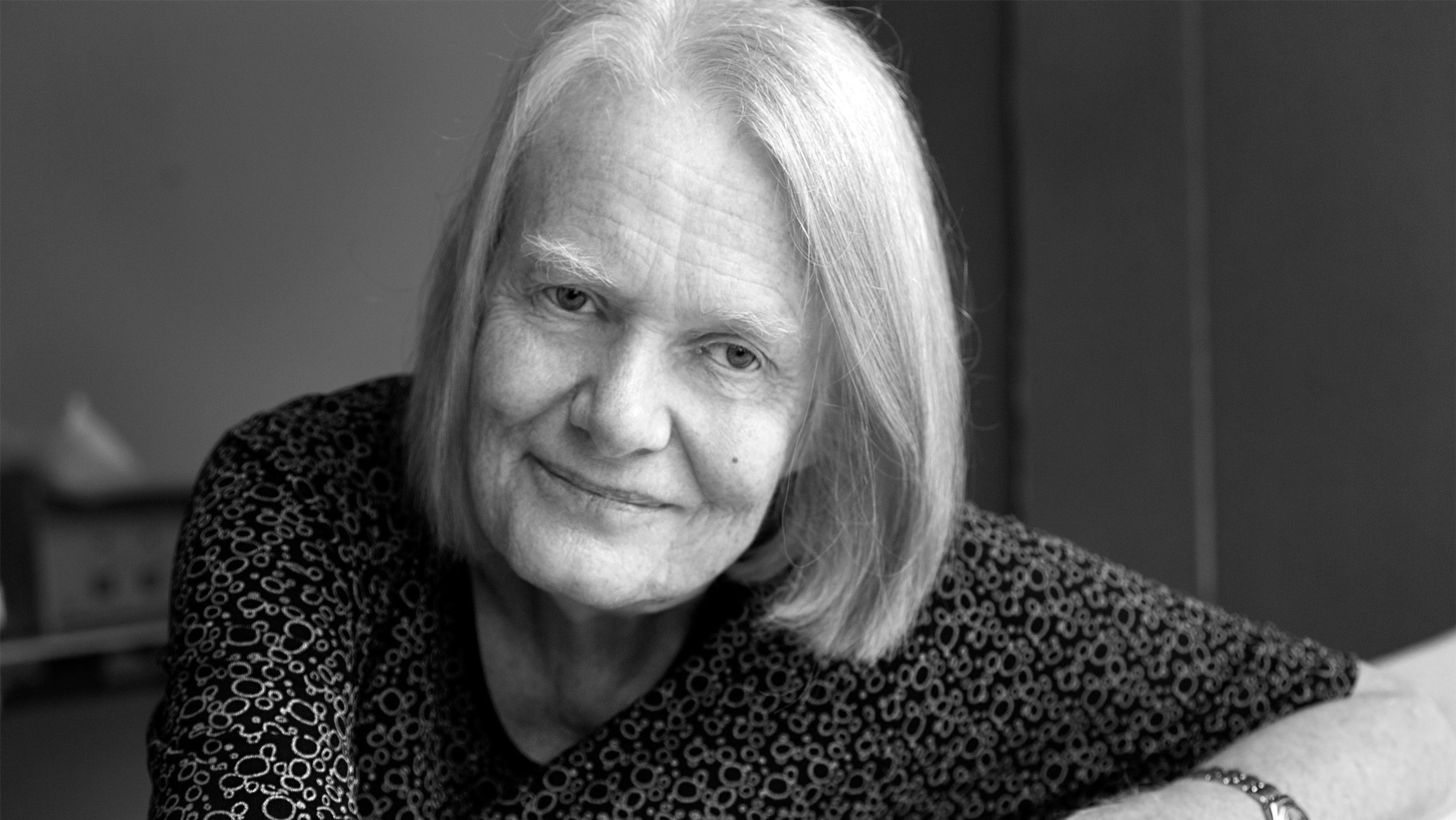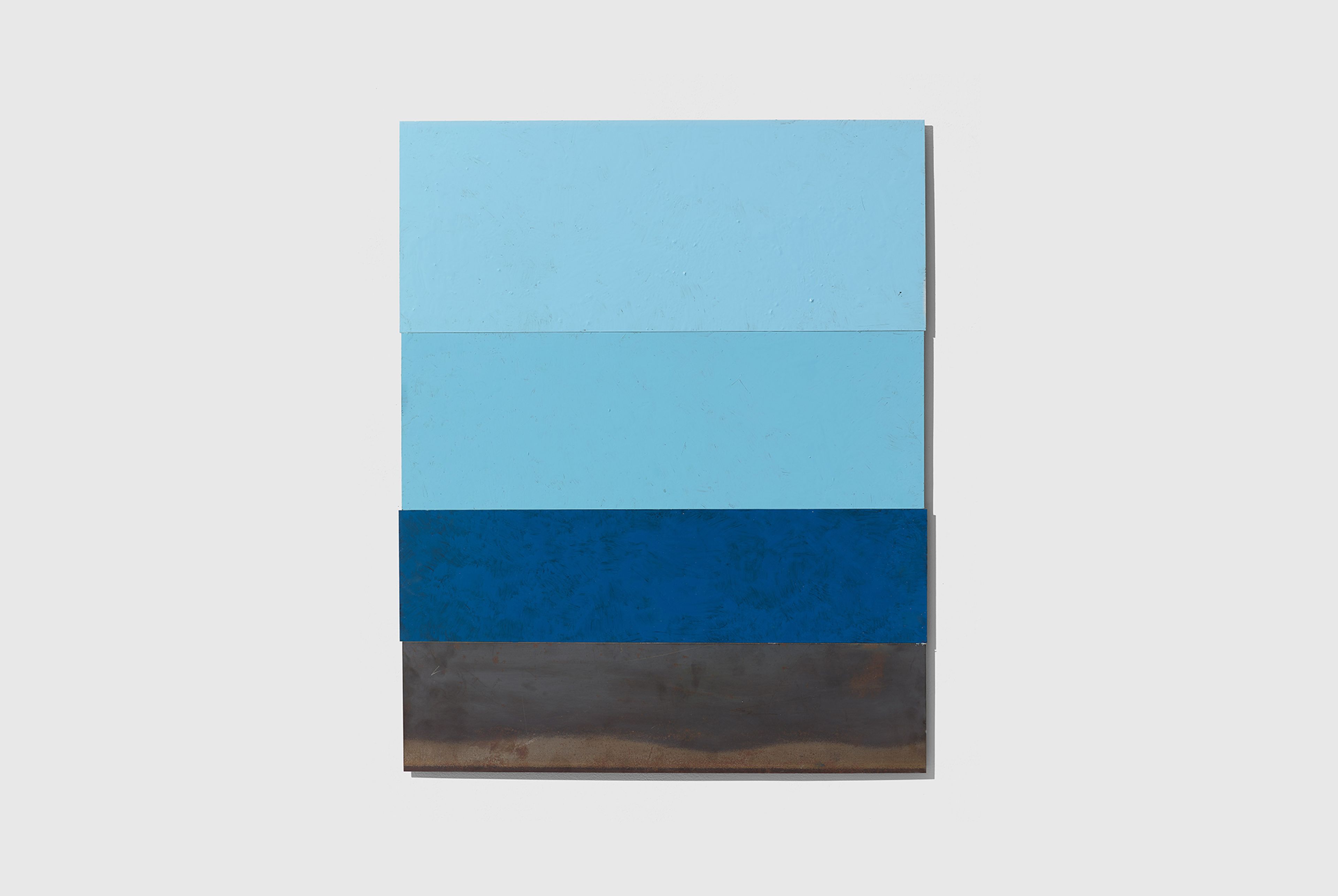Merrill Wagner
Since the 1960s, American artist Merrill Wagner (b. 1935) has created a distinctive body of work that is characterized by its expansive approach to abstraction, existing between the categories of painting, relief, sculpture, and installation.
Learn MoreSurvey

Find out more about Available Artworks
Exhibitions

Explore Exhibitions
Artist News
Biography
Since the 1960s, American artist Merrill Wagner (b. 1935) has created a distinctive body of work that is characterized by its expansive approach to abstraction, existing between the categories of painting, relief, sculpture, and installation. Born in Washington state, Wagner came to New York City in 1959 to study at the Art Students League, training under figurative painters Edwin Dickinson, Julien Levi, and George Grosz. By the time she completed her studies in 1963, minimalism and post-minimalism had superseded abstract expressionism as the dominant aesthetic idioms, and Wagner both eschewed and embraced their primary concerns, creating rigorous, hard-edged abstract compositions that subtly referenced landscape. By the mid 1970s, Wagner abandoned canvas and looked to non-traditional materials such as slate, steel, and stone as a support. These surfaces interested Wagner not only because of their textural appearance, but also because of their allusions to the natural world, resonant with her upbringing in the Pacific Northwest, and their inherent connection to process and chance. In integrating the support within the compositional logic of her works, ordering and joining fragments by adding exquisitely considered painted elements, at first in geometric formations and later in colorful, allover compositions, Wagner poetically mediates between the natural and the constructed.
Wagner was born in Tacoma, Washington. She completed her BA at Sarah Lawrence College, Bronxville, New York, in 1957 before moving to New York City.
Early solo exhibitions of Wagner’s work were held at the artist-run cooperative 55 Mercer, New York (1970, 1971, 1974, 1976, and 1977), followed by presentations at P.S. 1, Institute for Art and Urban Resources, New York (1978); and The Clocktower, Institute for Art and Urban Resources, New York (1979).
More recent solo exhibitions include those held at Art Resources Transfer, New York (2002), which featured a catalogue with an interview with the artist by Ann Messner and William S. Bartman and an essay by Lilly Wei; Looking at the Land, which originated at William Paterson University, Wayne, New Jersey (2006), and traveled to the University of Rhode Island, Kingston (2007), and was accompanied by a catalogue featuring texts by Nancy Einreinhofer and Judith Tolnick Champa; Northern Columbia Community and Cultural Center, Benton, Pennsylvania (2011); New York Studio School (2016), which was accompanied by a catalogue featuring essays by Tiffany Bell, Naomi Spector, Robert Storr, Lilly Wei, and John Yau; and Landscapes of Colour/Landschaften der Farbe, Große Kunstschau, Worpswede, Germany (2019).
Wagner’s work has also been included in significant group exhibitions, including Blurring Boundaries: The Women of American Abstract Artists, 1936–Present, University of Tennessee, Knoxville (2018); Minimal Difference: Selected Work by Women Artists 1960s–1970s, Neuberger Museum of Art, Purchase College, State University of New York (2018); Postwar Women, The Art Students League of New York (2019); Painting Deconstructed: Selections from the Northwest Collection, Tacoma Art Museum, Washington (2021); and 52 Artists: A Feminist Milestone, The Aldrich Contemporary Art Museum, Ridgefield, Connecticut (2022–2023).
Wagner has published a number of artist books documenting her long-term and site-specific projects, including Notes on Paint (1990), which was awarded the Certificate of Excellence by the AIGA Book Show in 1991) and the Northwest Design Award in 1992; Time and Materials (1994); Oil and Water (2002); and Public/Private (2004).
She is the recipient of numerous awards, such as the National Endowment for the Arts Visual Artists Fellowship Grant (1989); Hassam Purchase Award, American Academy of Arts and Letters (2002); Andrew Carnegie Prize, National Academy of Design (2006); and the Academy Award in Art, American Academy of Arts and Letters (2006).
Wagner has been represented by David Zwirner since 2021. Her first solo exhibition with the gallery took place in 2022 at David Zwirner’s East 69th Street location in New York. A second solo presentation was on view at David Zwirner, Hong Kong, in 2024, marking the first time the artist's work has been shown in Greater China in nearly fifteen years.
The artist’s work can be found in prominent museum collections, including Kunstmuseum Den Haag, The Hague, The Netherlands; Kunstpalast, Düsseldorf; The Metropolitan Museum of Art, New York; Rose Art Museum, Brandeis University, Waltham, Massachusetts; Smith College Museum of Art, Northampton, Massachusetts; Tacoma Art Museum, Washington; Weatherspoon Art Museum, University of North Carolina, Greensboro; and the Whitney Museum of American Art, New York. Wagner lives and works in New York.

Request more information
